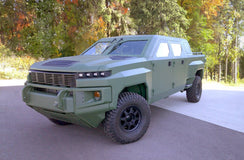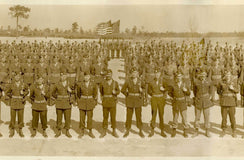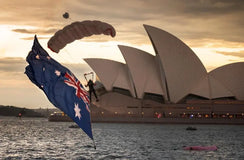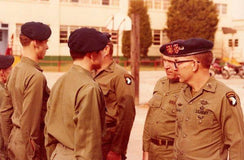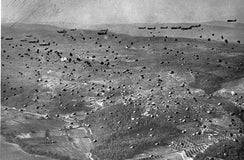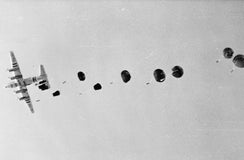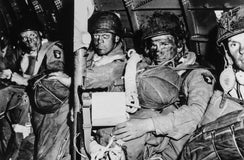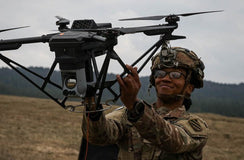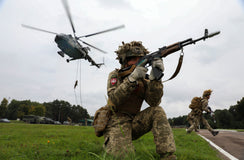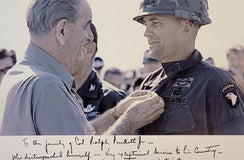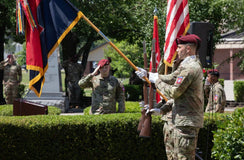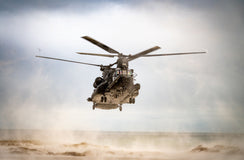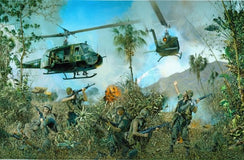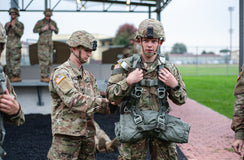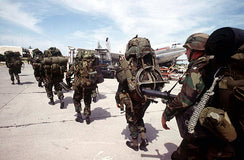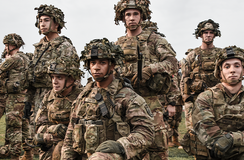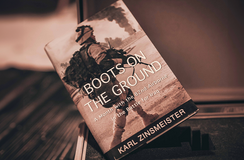Operation Market Garden: A Bridge Too Far
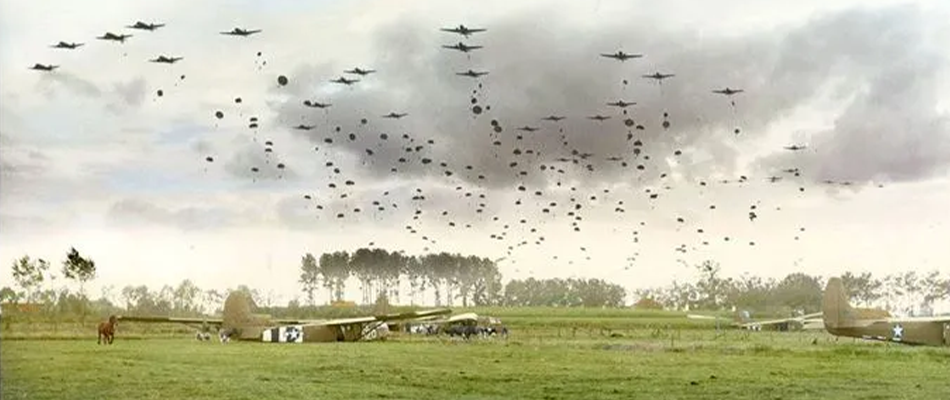
As one of the largest operations in history containing joined Allied operations, Operation Market-Garden was conducted in hopes of ending the war before the holidays hit. However, unfortunately—as we all know now, this date was only a dream, one that would never come to be.
Late in 1944, deep into WWII, the Allies sought to secure three prominent bridges in the Nazi-occupied Netherlands in order to take over the three rivers, vast in size: the Maas, Waal, and Rhine. These rivers were targeted due to their location and sheer size, in hopes to outflank the Germans and take back the country. The mission combined both airfares and ground soldiers to help support one another in order to take the three bridges back.
In Operation Market-Garden, over 40,000 airborne troops and ground soldiers set off to conquer the mission in two separate parts. With this sort of manpower in the air, the largest airborne operation to date was scheduled to move forward in the daylight of September 17th. Operation Market was the airborne component, and Garden was to identify the goal of the ground soldiers.
After having the green light to bypass the Siegfried Line and head forward in crossing the lower part of the Rhine River, the airborne divisions—the 82nd, the 101st, and the British 1st Airborne were to drop by parachute and glider and secure the bridges in order for the ground soldiers to cross.
The drops also did not work out as successfully as hoped because of several reasons. For one, the drops were carried out over a few days rather than all at once. Because of limited numbers of transport aircraft, they could not send out the airborne troops in the masses. This eliminated the possibility of a surprise attack, since flights had to be done on different days.
In this “a bridge too far” operation, bad weather and dense fog harmed the flight of the troops and their supplies, hoping to help out those few forces that had managed to hold Arnhem Bridge.
The Allied Ground Troops also took a long time to arrive on the scene, meaning that the relief ground troops were attempting to go through too narrow roads, and advancing miles through protected land in order to help out. This only slowed down the efforts of the ground troops, leaving the airborne divisions alone to fight the good fight on their own.
And although Operational Market-Garden helped liberate the Netherlands, Allied casualties during the operation were over 17,000 and led the conflict in the area to drag on another five months.
Unfortunately, the last critical bridge in Arnhem was left untaken by the Allies, making this one be the “bridge too far.” Had this operation been successful, and this bridge had been relieved, then history could have very well looked different than it does today.

